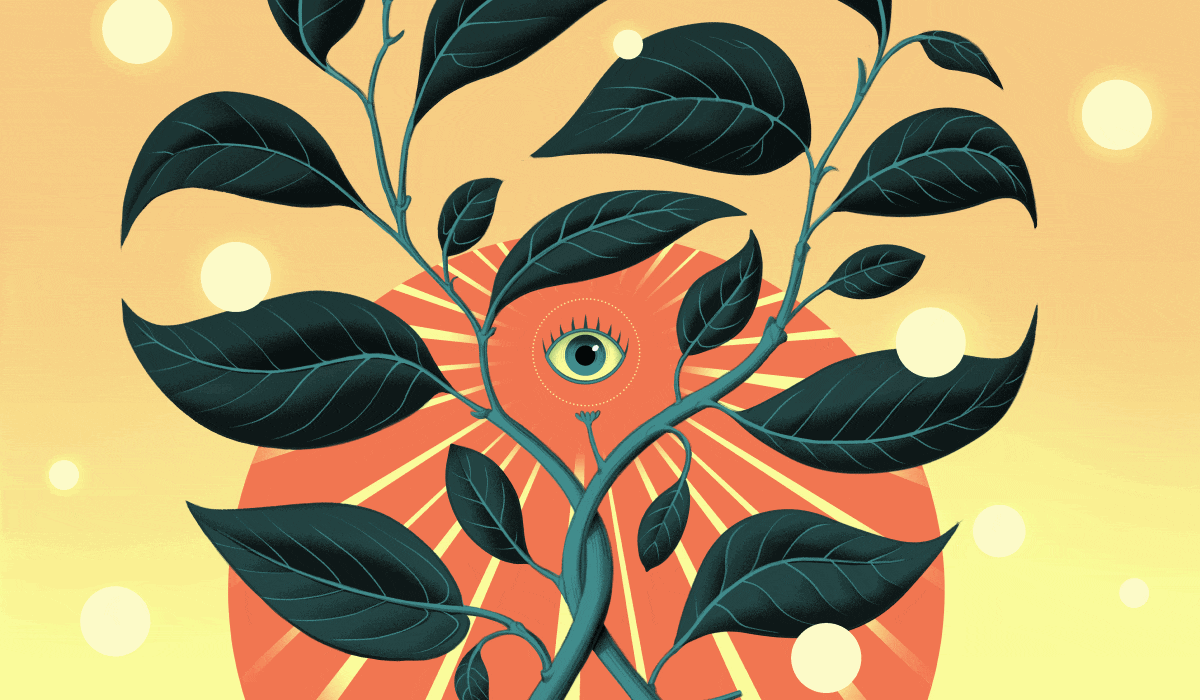One of the problems we have when we approach the study of biology is to use a zoocentric perspective.
Thinking that all organisms resemble animals can lead us to wrong conclusions.
Darwinian evolution has designed all organisms to be capable of transmitting their DNA to the next generation, but it has also endowed them with mechanisms to protect themselves individually, and thus have a better chance of perpetuating their genome.
But not all living things do it the same as animals.
Higher animals are designed with senses that receive signals and a nervous system that transmits them to the brain.
This body is responsible for interpreting them and issuing the appropriate orders.
If a cow is thirsty, she will fetch water and drink.
If she is hot, she will go to the shade, and if a fly bothers her, she will swat it away with her tail.
In all three cases, the sensor system has sent a signal, and the brain has given the appropriate orders to the muscles or to the hormone system to give an adequate response to solve a circumstance that could become dangerous.
Thanks to this, our friend the cow does not die of dehydration, heat stroke or a disease transmitted by an insect.
In this way the animal has more capacity to survive.
In adverse circumstances, the ability to feel pain is very important,
because it is the warning that the brain gives us that something is not working correctly and that we seek an immediate solution.
There are various pathologies where the patient does not feel pain or does not notice changes in temperature.
People who suffer from them are prone to many accidents or injuries simply due to poor posture, or leaning on a surface that is too hot or too cold.
Plants don't work like that.
If a plant is thirsty, hot or attacked by an insect, it does not have a nervous system that integrates the signals, nor muscles that allow it to move and seek a better situation.
But they have not fared badly evolutionarily.
To begin with, the senses of plants are not like those of animals.
There is no sight, hearing, touch, taste or smell.
But a plant can detect light, and very efficiently, because otherwise it wouldn't photosynthesize.
It is also capable of detecting if it lacks a fundamental nutrient such as phosphate, calcium or potassium and launching an appropriate response for each case.
To do this, plants have a much more complex biochemical and molecular response than animals, with more options for modulation or regulation.
In scientific terms,
we would say that plants have greater phenotypic plasticity than animals.
That is, from the same number of genes, they can give more complex responses.
Also, plants on average have more genes than animals.
The response to adverse situations is different, but observable and measurable.
In the same way that we can see when an animal is suffering or feeling pain, plants also have a series of signs indicating that they are having a hard time, signs that are very easy to appreciate.
The appearance of white or black spots on the leaves, curling of the leaves, becoming limp, or the accumulation of purple or red pigments in the leaves are signs that the plants are getting too hot or too thirsty.
When a plant is attacked by an insect, it accumulates toxic molecules or even molecules that call other insects to attack their predator.
In an extreme case, the acacia trees in Kruger Park, South Africa,
when they felt attacked by the increase in the population of kudus (a type of antelope) that fed on their leaves, they accumulated such a high amount of tannins that they ended up poisoning the unsuspecting quadrupeds.
Plants also feel, suffer and defend themselves, even if they don't scream.
the innocent lettuce
Many people opt for vegan diets out of an ethical principle of not causing any harm to other living things.
The reality is that plants also suffer, so this principle would only apply to animals, but would ignore innocent living beings such as lettuce or spinach.
Some religions or philosophies have resolved this dilemma.
Jainism, a philosophy of Indian origin, advocates a fruitful diet in which only fruits and parts of plants that do not imply the death of the plant can be consumed.
JM Mulet is Professor of Biotechnology.
Subscribe to continue reading
read without limits
Keep reading
I'm already a subscriber










